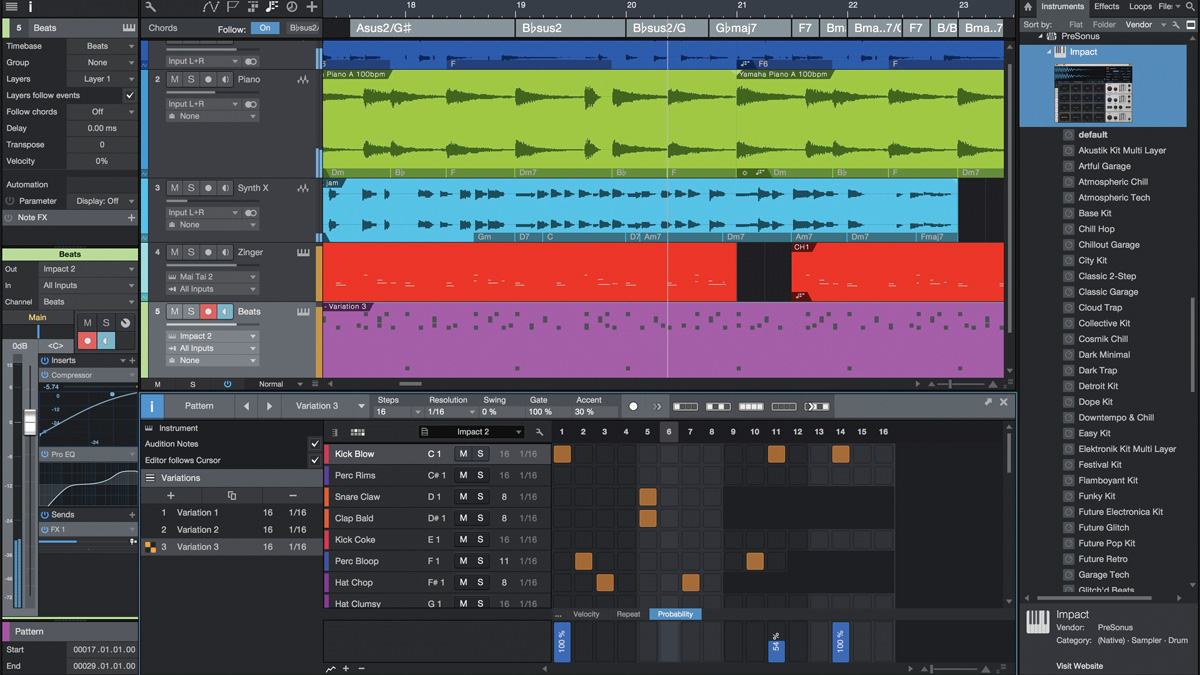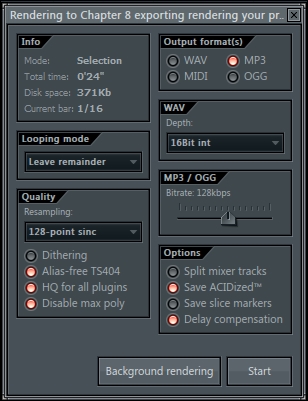


In addition, metadata labels such as song names, artist names, IRSC codes, images and more can be added to each track prior to publishing. This will make the mastering engineer’s job easier, allowing them to add EQ, compression and stereo width to each track, compare their overall loudness levels and tone, rearrange (sequence) them, and adjust the length of silence between each, as well as compare them to other commercially released reference tracks. You can easily send stereo files to a project within Studio One, and separate song files created within the DAW can be added to the same project in order to create an album. Additionally, you can update the original audio files and make changes that can effect the mastering file (the stereo output) in your Studio One project. Things aren’t so circuitous in Studio One, however, in which the final output from the master bus can be sent directly to the Project page. As you can imagine, this would have been tedious and, often, almost impossible, given that in many past cases it would have required recreating the mix on tape. In days gone by, mastering engineers could request mix adjustments from their mixing engineers. You can use a limiter on the master bus to achieve this. Industry standards suggest that the average peak on the main output meter should be between about -3dBFS and -6dBFS.

Ideally, the kindly mix engineer will have left enough headroom to allow the person charged with mastering to do their job properly (see page 044 for our expert overview on gain staging in Logic Pro X). Once the mix engineer and/or the artist is happy, the final mix will be rendered to a stereo audio file. Remember, mastering doesn’t begin until the mix engineer has done their job by mixing all the tracks into a cohesive whole, likely using equalisation and compression, as well as other effects, and perhaps applying multi-band compression and limiting on the final master output. You can achieve similarly superlative results using a few well-chosen plug-ins, a dependable pair of monitors or reliable headphones, and Studio One’s Project page. Relax – we don’t expect you to own that kind of kit and, frankly, it’s not entirely necessary either. Mastering engineers typically have extremely expensive outboard processors and high-end monitoring equipment as part of their purpose-built studios. The procedure sees high-quality equalisation and compression used to even out the source material and make it sound as pleasing as possible to the ear. This can be a stereo tape or a digital file. Put simply, mastering is the process of sweetening a finished two-track mix. Here, we’ll teach you the not-so-dark art of mastering using Studio One, a suitable bedrock on which to build your foundational knowledge.


 0 kommentar(er)
0 kommentar(er)
